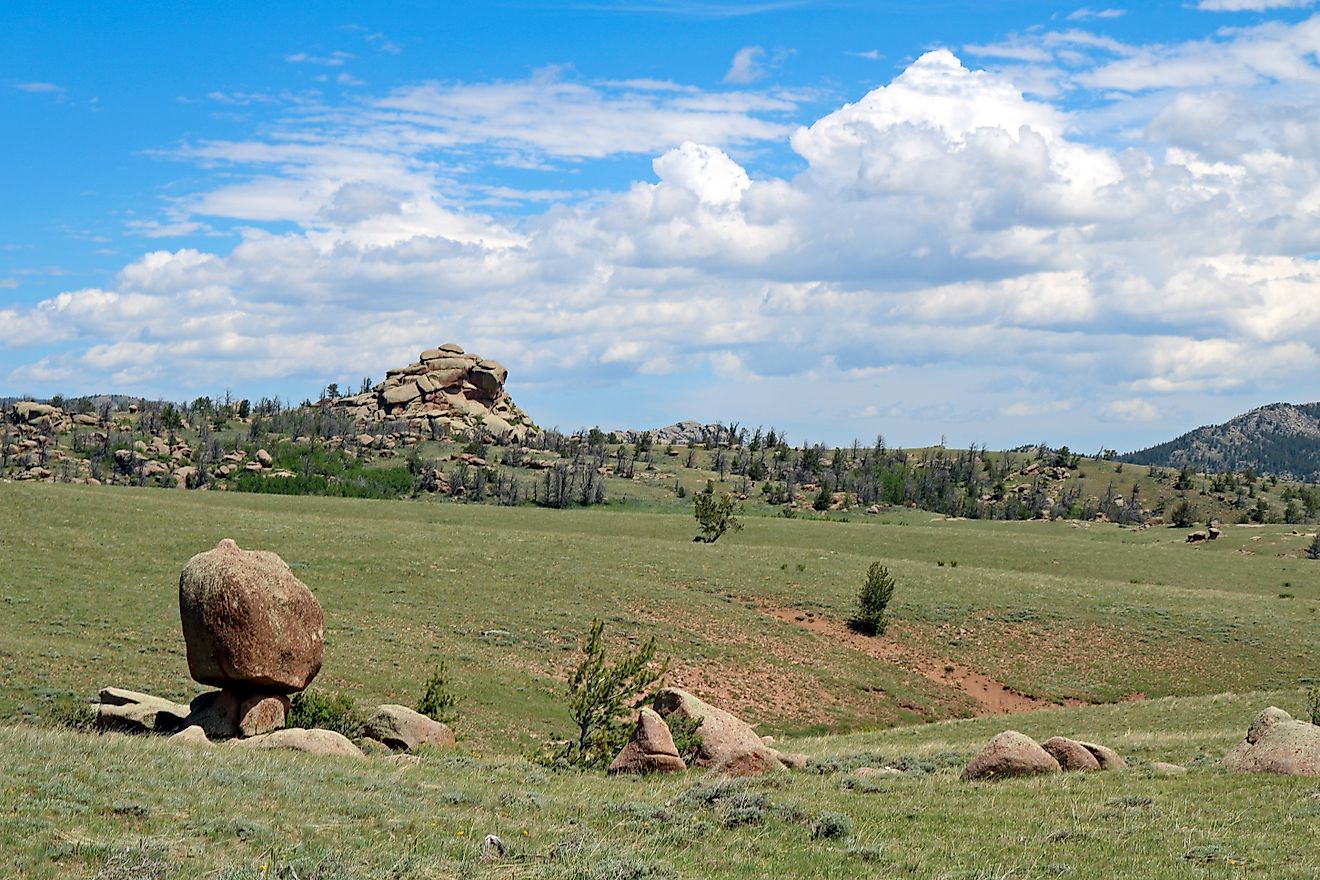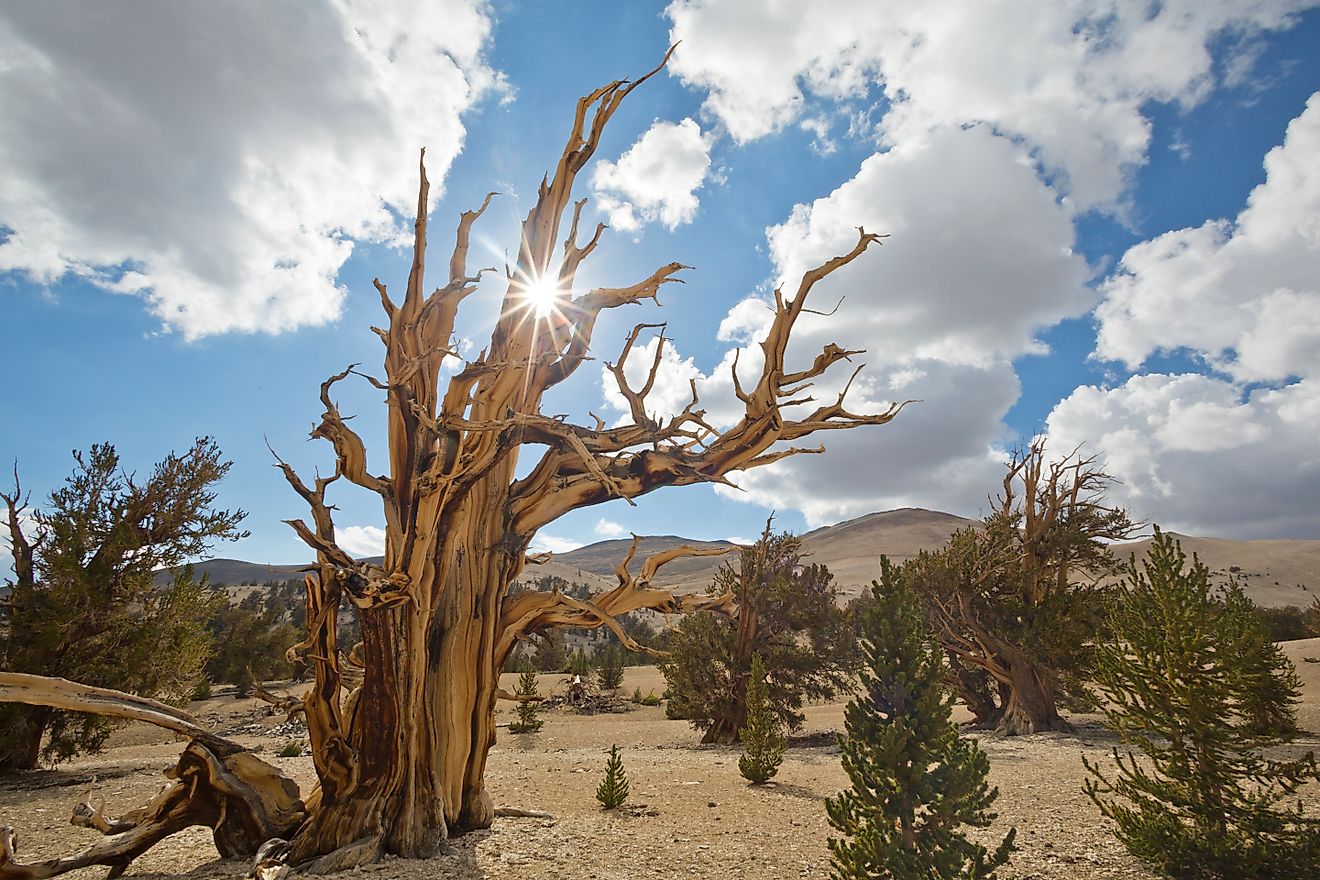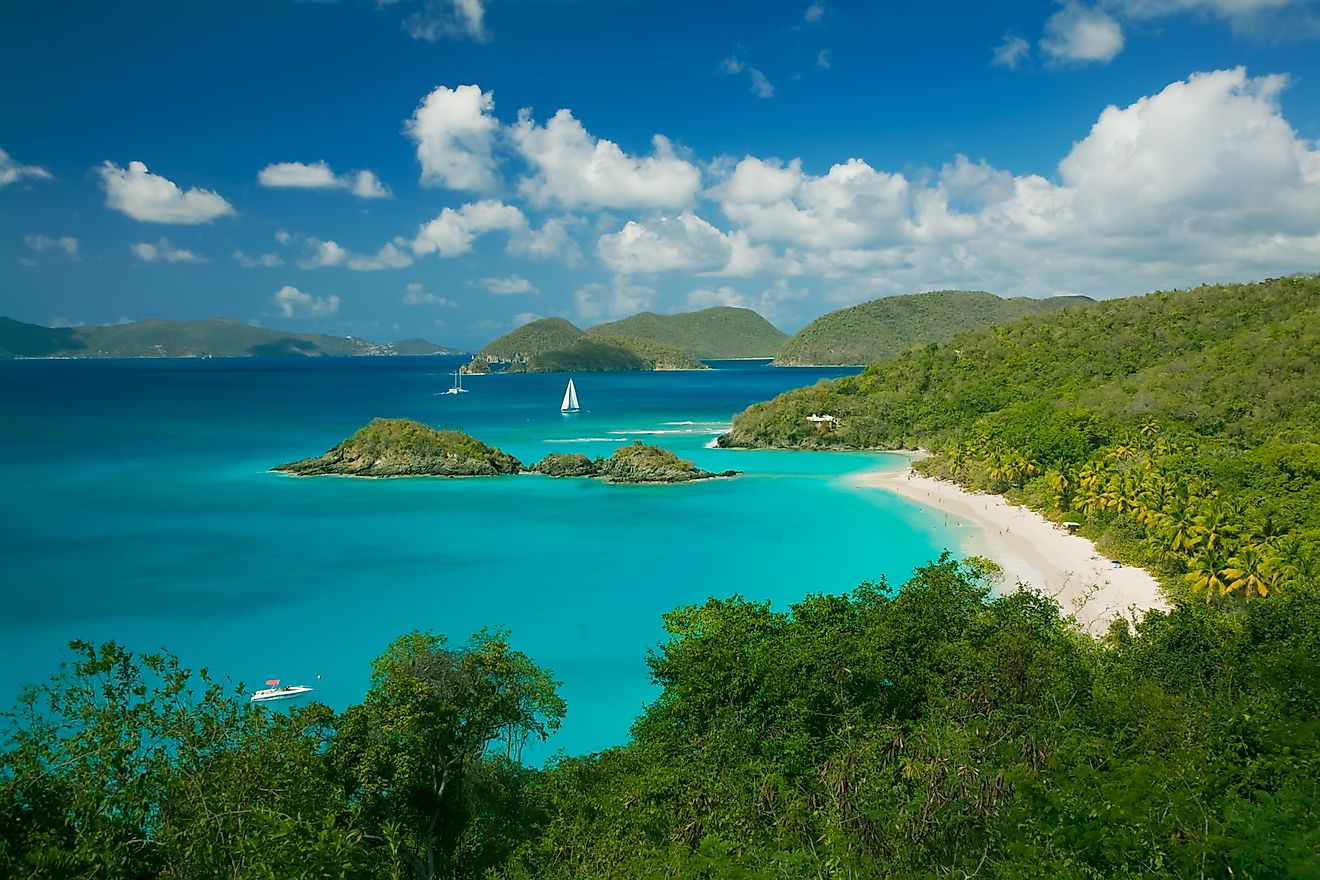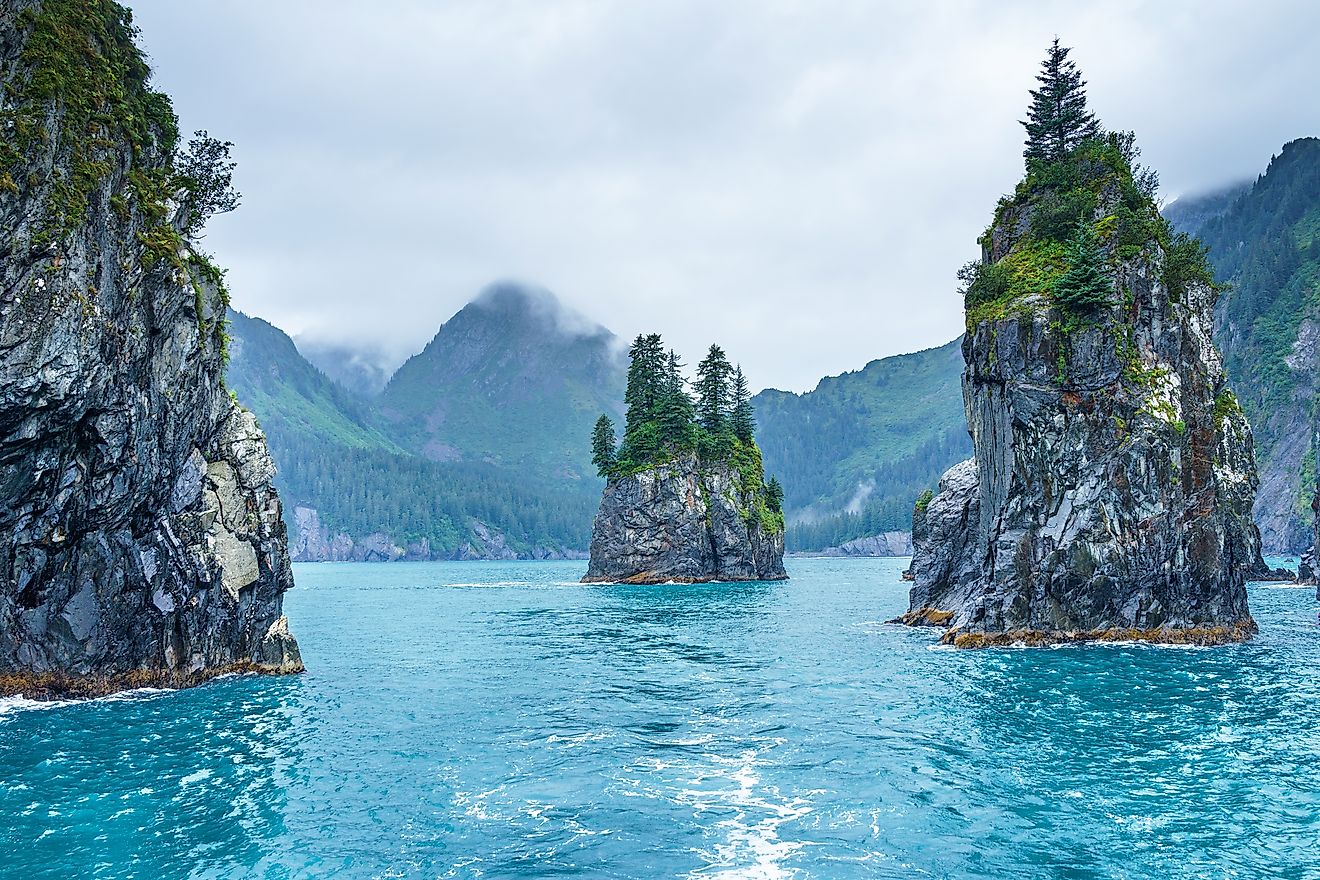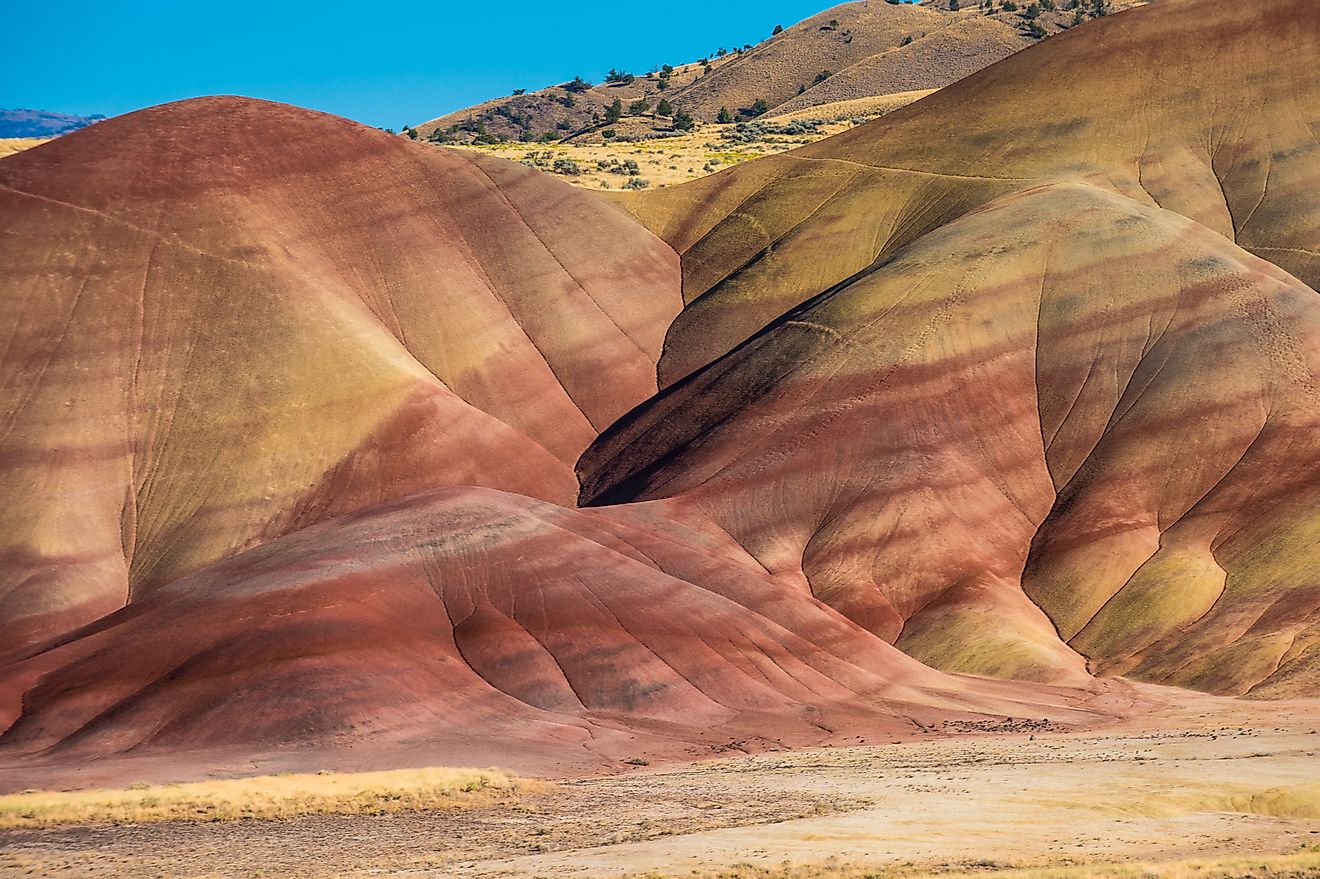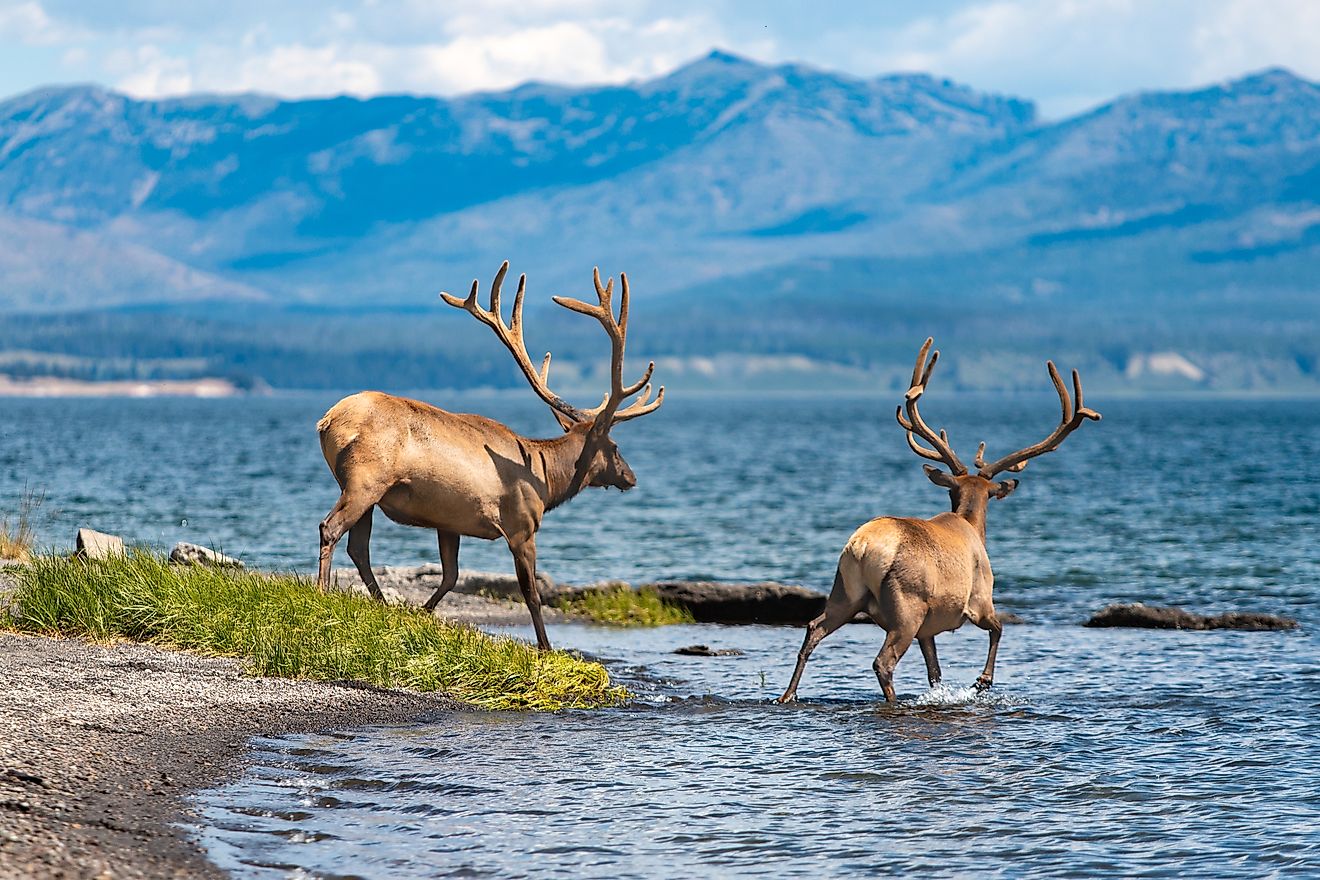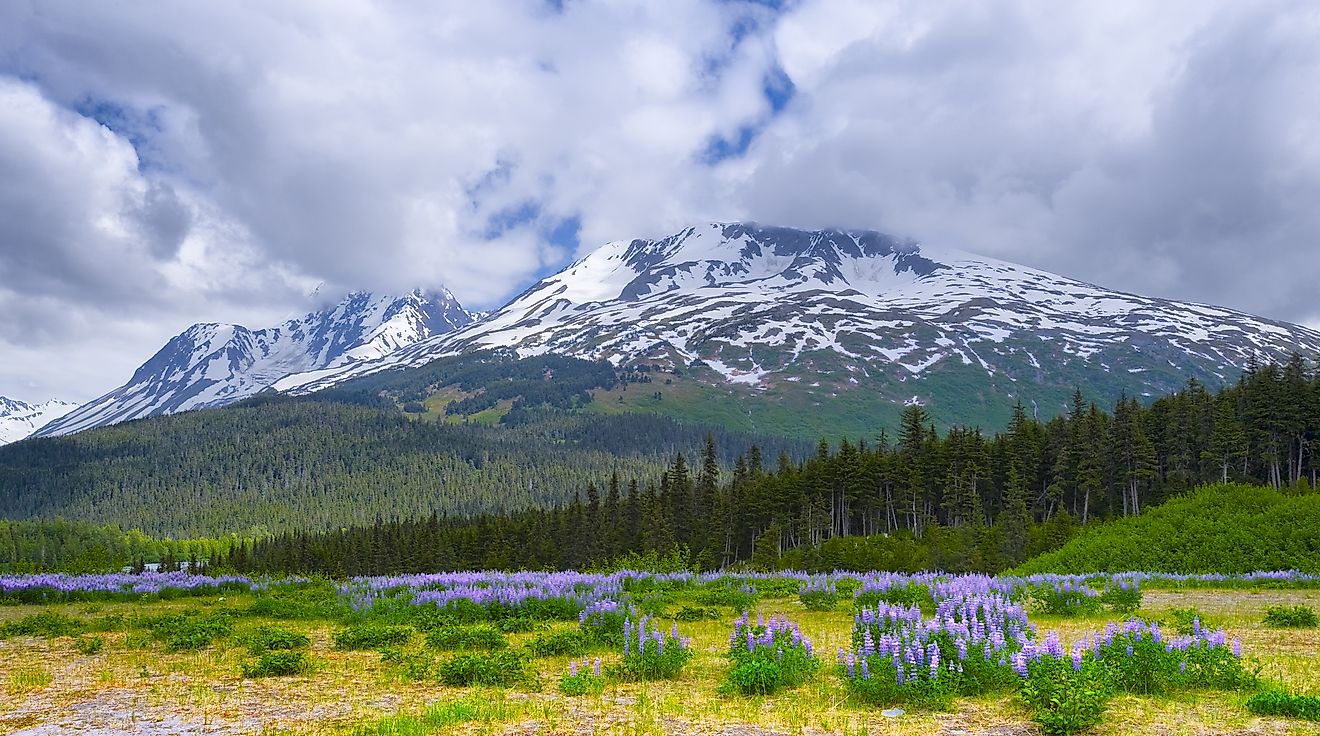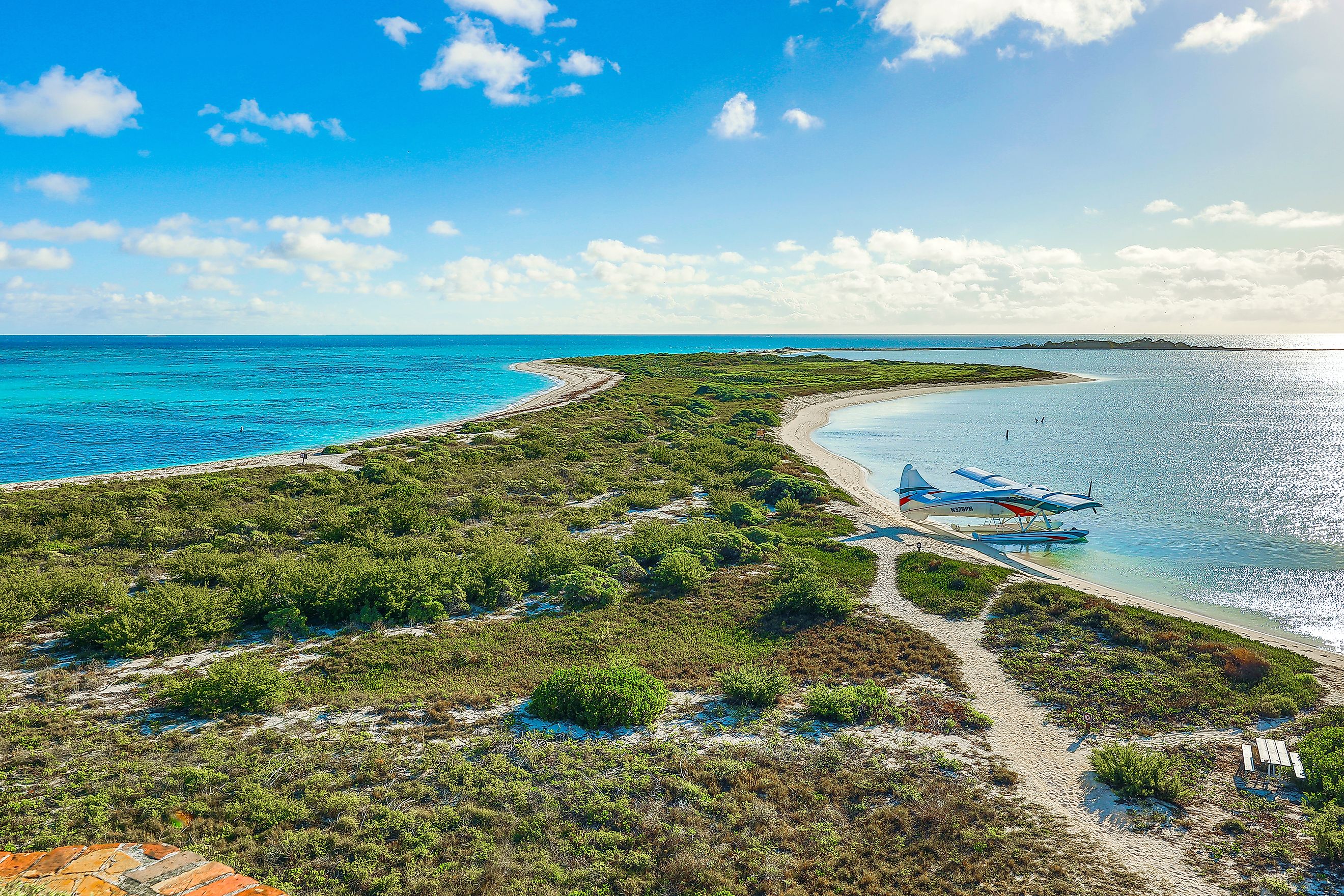
The Hardest National Parks to Get to
For some travelers, the more difficult a destination is to reach, the more rewarding the journey becomes. While most national parks are designed for public access, a select few remain wild, remote, and breathtakingly hard to reach. Whether it's due to rugged terrain, lack of roads, extreme weather, or geographic isolation, these parks pose significant logistical challenges.
Yet for those willing to make the trek, each one offers an unforgettable glimpse into some of the most untouched landscapes in the United States. Here are the seven hardest national parks to reach—and why you should make the effort.
Gates of the Arctic National Park, Alaska
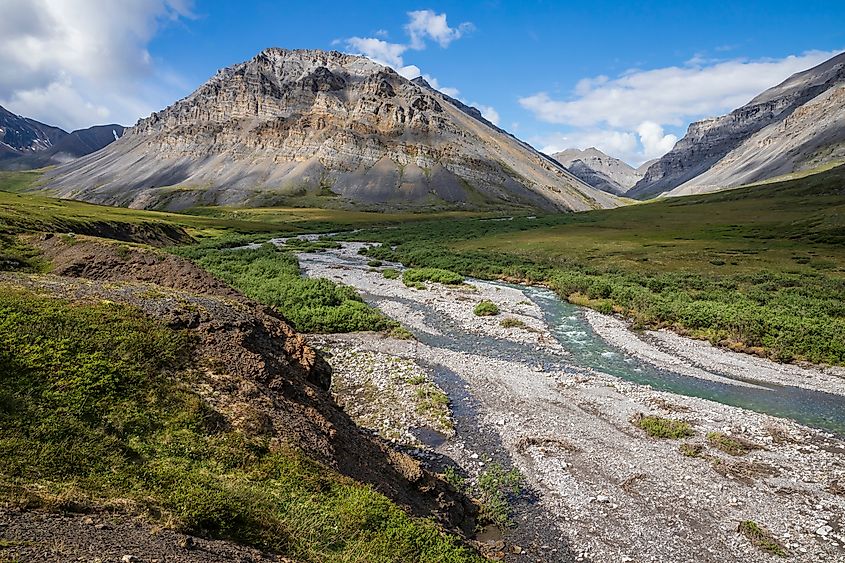
There are no roads, no trails, and no visitor centers in Gates of the Arctic National Park. Located entirely north of the Arctic Circle in Alaska, this sprawling wilderness encompasses more than 8 million acres of tundra, rivers, and rugged mountains. It’s the second-largest national park in the US, yet also one of the least visited.
To reach Gates of the Arctic, visitors typically fly into Fairbanks, then charter a small bush plane to remote villages like Bettles or Coldfoot. From there, it’s another flight or multi-day hike to access the park’s interior. Weather delays are common, and communication is limited to satellite phones.
But the payoff? Absolute solitude and raw, untouched wilderness. With no human infrastructure, you’re immersed in a land shaped only by glaciers, caribou, and time. Wildlife viewing includes grizzlies, wolves, Dall sheep, and migratory birds. This is one of the few places in the world where you can experience true silence and complete disconnection from the modern world.
Isle Royale National Park, Michigan
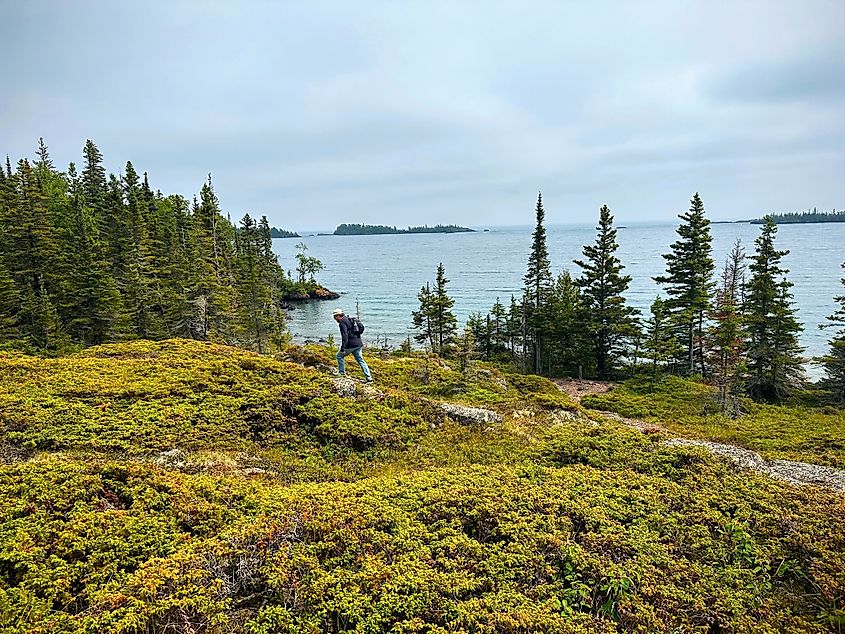
Floating in the middle of Lake Superior, Isle Royale is a forested island surrounded by over 400 smaller islets. Despite being located in Michigan, it’s actually closer to Canada and Minnesota. The only way to reach the park is by boat or seaplane, with services operating from Houghton or Copper Harbor, Michigan, or Grand Portage, Minnesota. The ferry can take between 3 to 6 hours depending on the departure point, and it’s often cancelled due to weather.
What makes Isle Royale exceptional is its isolation. The park is closed in winter, accessible only from April through October. Its remoteness has preserved unique ecological relationships, most famously the predator-prey study of wolves and moose that has been ongoing for more than 60 years. The island is a paradise for backpackers and kayakers, with 165 miles of hiking trails and quiet coves to explore. With no cars and few people, the experience is immersive and deeply peaceful.
Dry Tortugas National Park, Florida
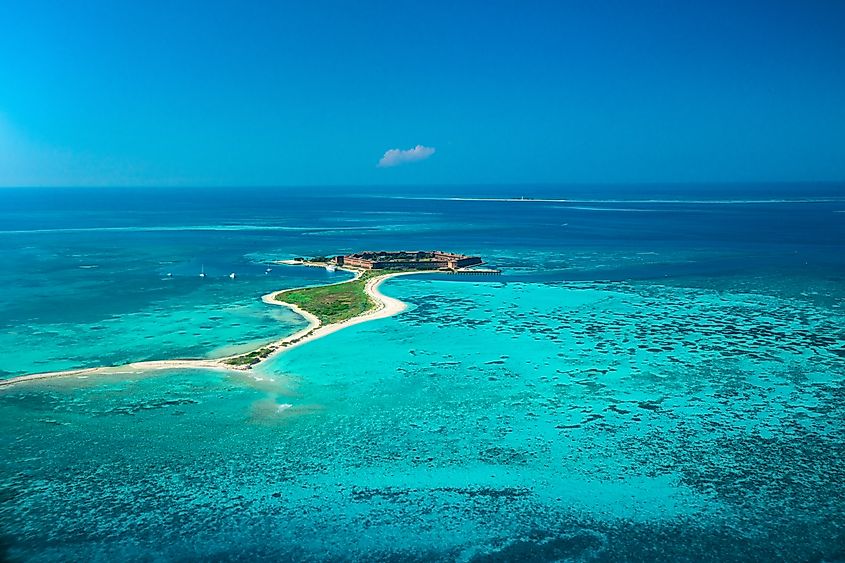
Seventy miles west of Key West, Dry Tortugas National Park sits in the middle of the Gulf of America, accessible only by ferry, private boat, or seaplane. It’s one of the most remote and water-bound parks in the National Park Service, comprising seven small islands and the massive 19th-century Fort Jefferson.
Most visitors take a 2.5-hour ferry from Key West, but tickets sell out weeks in advance and weather frequently causes delays or cancellations. There are no services on the islands other than composting toilets and a primitive campground—so everything you need must be carried in.
But the reward is otherworldly beauty. Crystal-clear turquoise waters surround coral reefs, making this one of the best snorkeling destinations in the US. The fort itself is a marvel of brickwork and Civil War history. And at night, with no light pollution, the stars blaze with surreal brilliance.
Kobuk Valley National Park, Alaska
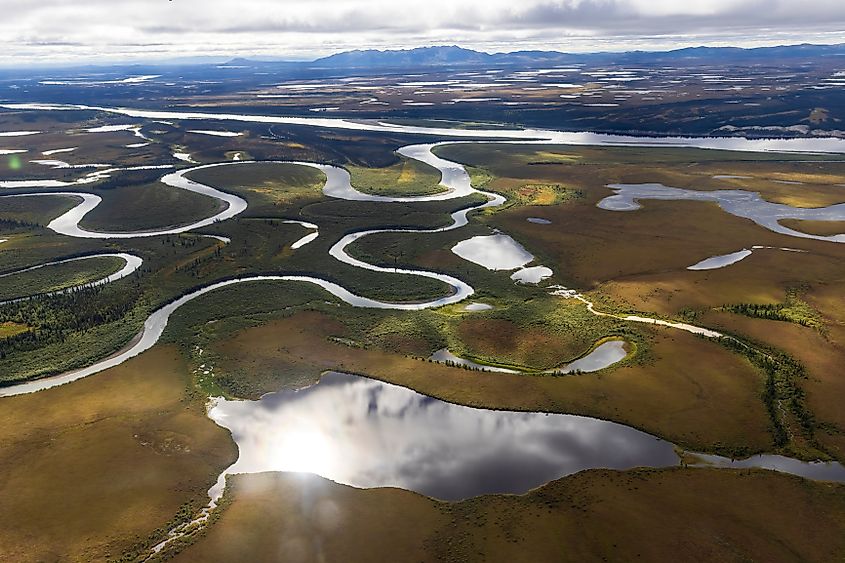
Even more remote than Gates of the Arctic, Kobuk Valley National Park receives fewer than 3,000 visitors a year. There are no roads into the park, and the nearest road ends hundreds of miles away. Most people reach the area by flying into Kotzebue, Alaska, and then chartering a bush plane.
Kobuk Valley is home to the Great Kobuk Sand Dunes—giant waves of sand rising unexpectedly in the middle of the Alaskan wilderness. These dunes can reach up to 100 feet tall and shift with the wind. Elsewhere in the park, the Kobuk River cuts through boreal forest and tundra, serving as a historic migration route for caribou.
Despite its remoteness, Kobuk Valley is a stunning juxtaposition of Arctic beauty and desert-like landscapes.
American Samoa National Park, American Samoa

Located more than 2,500 miles southwest of Hawaii, American Samoa National Park is the only US national park south of the equator. Getting there involves multiple flights—first to Honolulu, then to Pago Pago on Tutuila Island. Even then, parts of the park stretch across the remote Manu'a Islands, which require an additional flight or boat trip.
The park spans three islands and includes both land and marine environments. Rainforests, volcanic mountains, and coral reefs form a vibrant, untouched ecosystem. Traditional Samoan villages offer a rare glimpse into Polynesian culture that predates colonial contact.
The logistical challenges are offset by breathtaking scenery and cultural immersion. Hiking through the rainforest, swimming in tropical coves, and exploring ancient archaeological sites make this one of the most rewarding yet difficult parks to experience.
North Cascades National Park, Washington
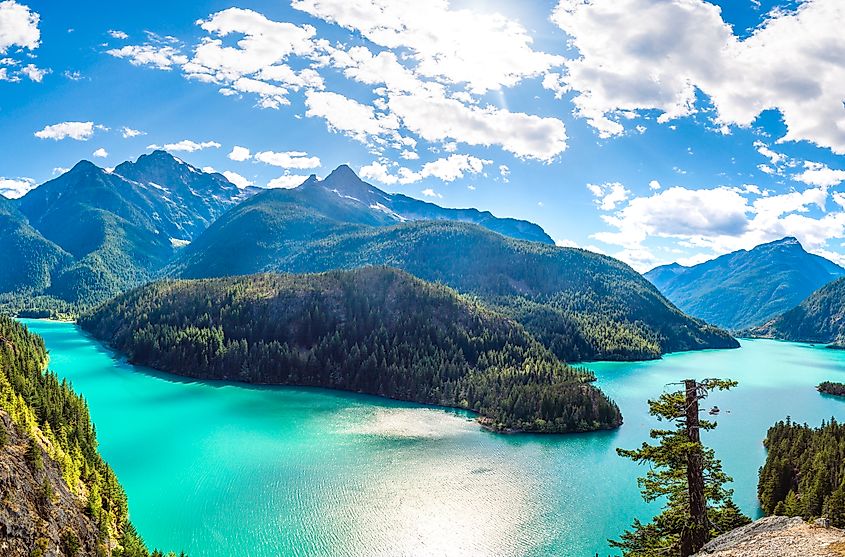
Although technically located just 3 hours from Seattle, North Cascades National Park remains one of the most difficult parks to explore thoroughly. That’s due to its rugged topography, limited road access, and lack of developed infrastructure. The North Cascades Highway (State Route 20) only cuts through a small portion of the park and is closed during much of the winter due to snow.
To reach the most dramatic landscapes—glacier-carved valleys, turquoise alpine lakes, and knife-edge peaks—visitors often have to backpack for multiple days. Trails are steep and remote, and the terrain is more similar to Alaska than what most expect from the lower 48.
Yet the views are staggering. Over 300 glaciers dot the park, more than anywhere else in the continental US. The wilderness here is intense, raw, and largely untouched, offering solitude and scenery that rival even the most popular Western parks.
Wrangell-St. Elias National Park & Preserve, Alaska
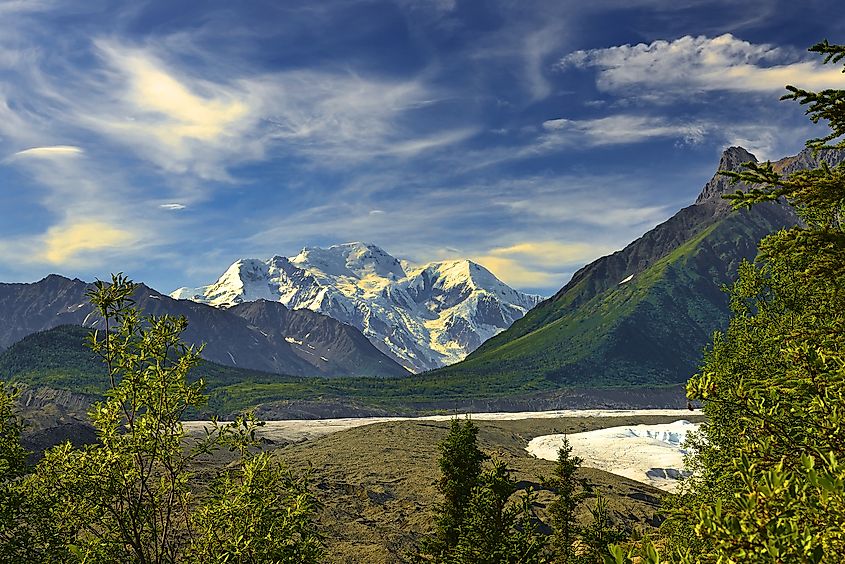
Wrangell-St. Elias is the largest national park in the US—at 13.2 million acres, it’s larger than Yellowstone, Yosemite, and Switzerland combined. And yet, few have ever seen it. Its size is matched by its remoteness: access is limited to two rough roads, the McCarthy Road and the Nabesna Road, both unpaved and often in poor condition.
Most visitors fly into Anchorage, then drive 8 hours to reach a tiny town like Chitina before heading into the park. Once there, visitors often charter small planes to reach the interior or travel by rugged 4x4 vehicles. Infrastructure is minimal, and self-sufficiency is essential.
But the grandeur is overwhelming. Towering volcanoes, massive glaciers, icefields, and historic mining towns all coexist within the park. Mount St. Elias, the second-tallest peak in the US, rises to 18,008 feet. The sheer scale of the landscapes makes you feel like an ant crawling through geological time.
Remote Parks, Unrivaled Rewards
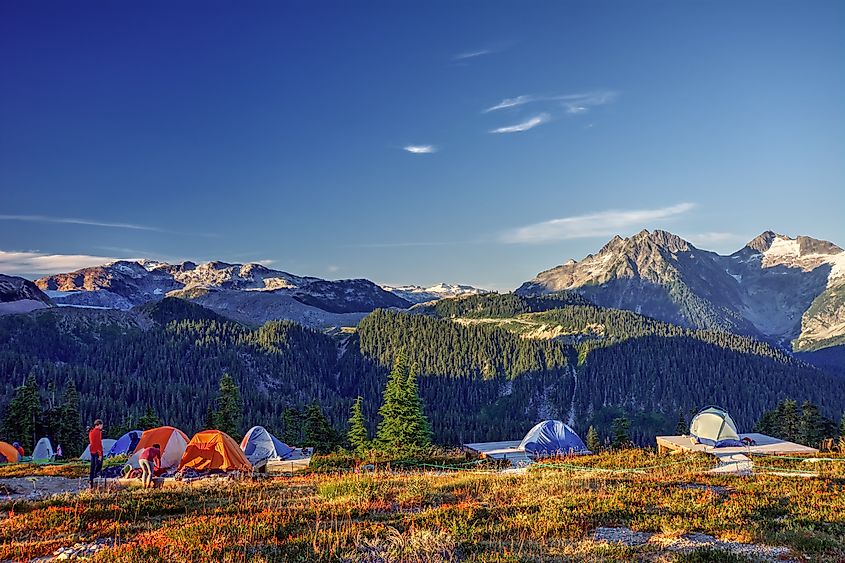
Each of these seven national parks presents its own set of challenges—be it isolation, difficult terrain, unpredictable weather, or lack of infrastructure. But overcoming these obstacles is precisely what makes the experience so special. These are not casual visits or weekend trips; they require time, planning, and a spirit of adventure.
And when you finally arrive—after the ferry crossings, bush flights, and miles of hiking—you’re rewarded not just with stunning views, but with the rare privilege of being somewhere truly wild. In a world increasingly defined by accessibility and convenience, these parks remind us of the beauty that comes with effort.
